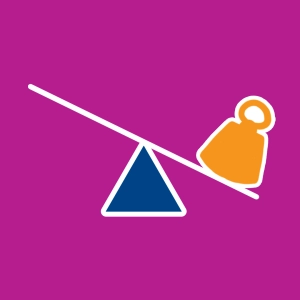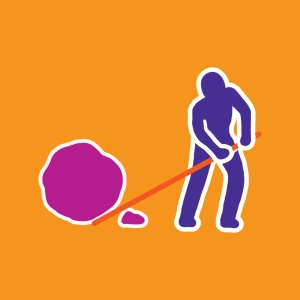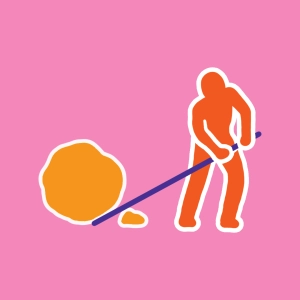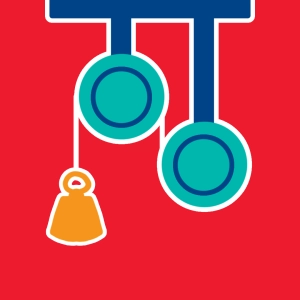 Principle of the lever
Principle of the lever
Learning objectives
- To understand the principle of the lever.
- To simulate the conditions of equilibrium of a lever.
- To identify the three types of levers.
Lifting an object by hand requires applying a force directly on the object. Muscular strength must be facing upwards and intensity (measured in Newtons) should be greater than the weight of the object. This is possible only for lighter items.
The lever is a simple machine that changes the magnitude and direction of the force applied to move an object. It minimizes the effort required to lift the object.
A lever is a rigid bar which moves around a supporting point (pivot or fulcrum). The object to be lifted is placed on the bar. When a force is correctly applied to the bar, it pivots about its fulcrum.
Archimedes was the first to discover this principle in the third century BC. and illustrates it with his famous phrase "Give me a fulcrum and I will move the world" (Archimedes quoted by Pappus - fourth century).

Discover EduMedia for free
The interactive encyclopedia that brings science and math to life in the classroom.
Over 1,000 resources





